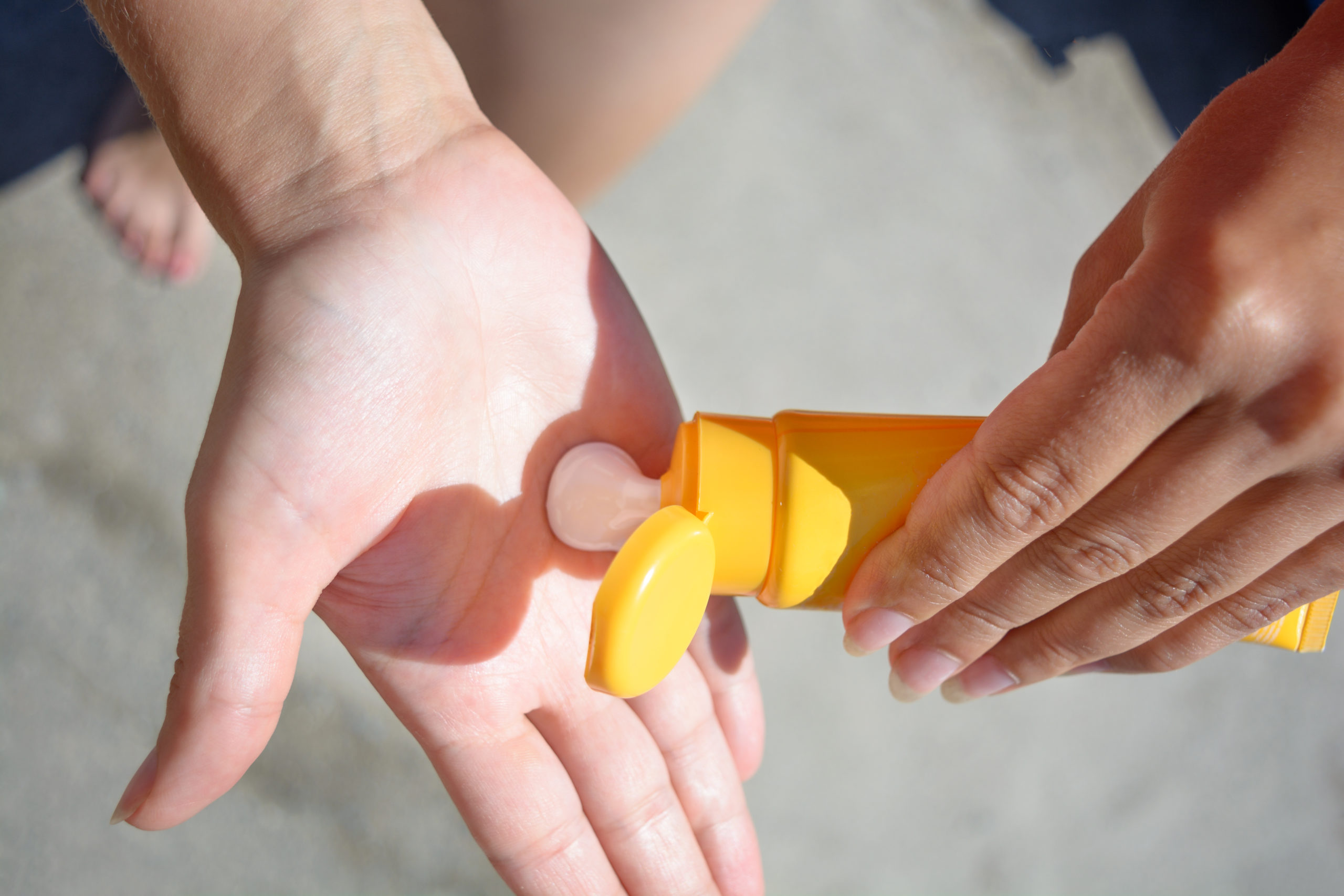Sun Safety in the Shadow of COVID-19
Alexandra Kowcz
Chief Scientist, Personal Care Products Council
Memorial Day Weekend signals the arrival of summer and, with it, familiar warm-weather activities like afternoons at the beach or pool, back-yard BBQs and more time spent outdoors. For many people across the country who have respected the stay-at-home orders to help mitigate the spread of COVID-19, summer cannot come soon enough. And while many states have initiated reopening plans to reboot their economies – easing restrictions on beaches, parks and other outdoor recreational sites – this will not be a typical summer. Although scientists continue to study whether higher temperatures, humidity and sunlight will have a mitigating impact on the spread of COVID-19, health agencies continue to recommend the use of face masks and social distancing.
In addition to these new COVID-19 behaviors we have adopted to keep us healthy, we also need to practice sun safety. While we may be experiencing a vitamin D deficiency from sheltering indoors, it is important to take precautions to protect ourselves from the sun’s damaging rays once we emerge from our homes. Experts believe four out of five cases of skin cancer caused by ultraviolet (UV) exposure could be prevented.
As we begin to venture outdoors, here is a reminder of the measures you can take to stay safe in the sun:
Limit Your Exposure
To protect against damage from the sun’s rays, try to avoid the sun between 10 a.m. and 4 p.m., when the rays are strongest. Another approach to determine when best to stay out of the sun is by using the shadow rule: “Short Shadow, Seek Shade.” The intensity of UV rays is directly related to the angle of the sun (or altitude above the horizon). When a person’s shadow is shorter than they are tall, the intensity of UV rays is more likely to cause sunburn.
You can also consult the UV Index, which indicates how strong the UV light is in your area on any given day. Developed by the U.S. National Weather Service and Environmental Protection Agency, a higher number (from 1 to 11+) means greater risk of exposure and higher chance of sunburn and skin damage that could ultimately lead to skin cancer. When the sun is strongest, seek shade under an umbrella, tree or other sun blocking structure.
Wear Protective Clothing
Hats, sunglasses and long-sleeved shirts and pants can provide important protection from UV rays. Clothing made from tightly woven fabric, wide-brimmed hats and sunglasses that block both UVA and UVB rays offer the best protection. Some clothing certified under international standards comes with information on its ultraviolet protection factor.
Liberally Apply Sunscreen
Sunscreens are designed to protect the skin by absorbing, reflecting or dispersing the sun’s rays and are typically categorized into either UV absorbers or UV reflectors. UV absorbers are chemicals, like avobenzone and octinoxate, that absorb UV radiation and convert it to a very low level of heat. UV reflectors block and scatter the rays before they penetrate the skin and include minerals like titanium dioxide or zinc oxide. Both types of sunscreens are available in many forms including lotions, creams, ointments, gels, sprays and balms.
Sunscreens are assigned a sun protection factor (SPF) that rates their effectiveness in blocking UV rays. A product’s SPF helps determine how long it will protect you before you need to re-apply or how long you can stay in the sun without burning. For example, if unprotected skin takes ten minutes to show signs of burning, SPF 30 sunscreen (when properly applied) would slow the rate of burning by 30 times, or 300 minutes in total. SPF 15 would provide 150 safe minutes; SPF 50, 500 minutes; etc.
You should always wear a sunscreen with at least SPF 30, no matter your skin tone. Even people with very dark skin can burn and develop skin cancer. When you see the term “broad spectrum” on a sunscreen product, it means you have protection from both UVA and UVB rays.
Apply your sunscreen liberally at least 30 minutes before going outside and remember to re-apply it every two hours and immediately after swimming or perspiring. If you’re taking medication, ask your doctor if it will make your skin more sensitive to the sun. Certain antibiotics, birth control pills, diuretics, antihistamines and anti-depressants can increase one’s sensitivity to the sun’s rays.
Health and safety are, rightfully, in the spotlight these days. In addition to social distancing and wearing a face covering, don’t forget to protect yourself from the damaging effects of the sun!

